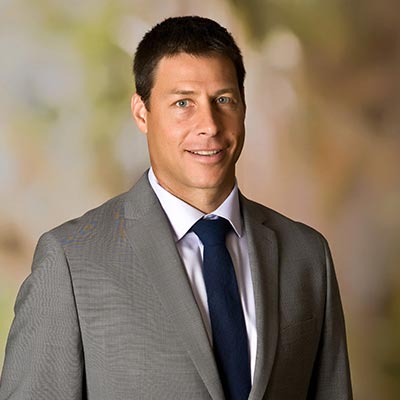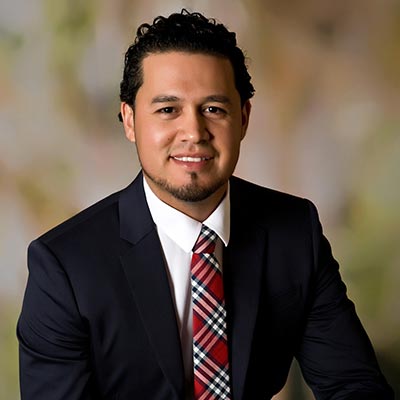 LaBelle is a small city on the west side of Hendry County. Since its primary east-west corridor State Road 80, known locally as Hickpochee Avenue, also serves as the primary route between neighboring Lee and Palm Beach Counties, an alternate east-west corridor is needed. A new roadway with an ultimate four-lane urban section, this initial segment from S.R. 80 to S.R. 29 is a critical step in addressing the County’s long range transportation needs. For a relatively small rural economy, a roadway of this size is a significant and daunting task.
LaBelle is a small city on the west side of Hendry County. Since its primary east-west corridor State Road 80, known locally as Hickpochee Avenue, also serves as the primary route between neighboring Lee and Palm Beach Counties, an alternate east-west corridor is needed. A new roadway with an ultimate four-lane urban section, this initial segment from S.R. 80 to S.R. 29 is a critical step in addressing the County’s long range transportation needs. For a relatively small rural economy, a roadway of this size is a significant and daunting task.
The project however, got off to a rocky start. Initially planned to be constructed by a private developer as part of a large planned development, the improvements were put on hold during the economic downturn. Realizing the importance of the roadway, Hendry County picked up the ball and ran with it.
In cooperation with the City of LaBelle and the Paul family, who owned much of the underlying property needed, a majority of the right-of-way was acquired. Several additional parcels were needed and, in fact, all parcels were acquired without any condemnation. In this day and age, acquiring all of the right-of-way necessary for nearly three miles of new roadway and the associated ponds, with no condemnations, is an impressive feat that speaks to the inherent public-private partnership that has driven this project.The public-private partnership on this project also extended to the State level. Hendry County is a rural county with a relatively small operating budget. This project is funded primarily through grant funding from the State. Coordinating with the Florida Department of Transportation over the course of several years, Hendry County was able to secure enough funding to cover the design, CEI, and construction of the initial phases with minimal funding required of the County. This cooperation with the State has allowed the project to move forward without sacrificing the County’s other valuable services. At a time when costs are quickly rising, the construction bids were recently opened at a cost below the construction estimate and well within the budget.
This project also had several innovative and environmental friendly approaches in its design that you don’t typically expect on a tight budget. The water management system is one such example. The north side of the roadway alignment ran adjacent to an old canal corridor that, given subsequent offsite drainage improvements downstream, had been rendered obsolete.
Unmaintained and overgrown with exotic vegetation, the old canal corridor is now being repurposed to serve the environment. In the design, Johnson Engineering was able to utilize this corridor and design a series of linear ponds to provide the necessary water quality and quantity treatment. Designed in cascading fashion, these ponds will maximize the phosphorus and nitrogen removal potential, thus reducing the pollutant loading to the Caloosahatchee River, which is currently classified as impaired for nutrients. In addition to improving water quality, this water management design also avoided the need to obtain additional property for more offsite treatment ponds, again minimizing the overall environmental impacts and significantly reducing the cost of construction.
Another considerable cost savings was realized in the construction cost. This project included a significant amount of earthwork resulting in a large quantity, over 200,000 cubic yards, of surplus fill. With a need for a future fill source, the County was able to arrange a plan for stockpiling the material on nearby County owned land. In addition to providing a valuable resource, this resulted in very favorable earthwork costs in the construction bids by eliminating the contractors burden of offsite haul to a disposal site.
As Hendry County’s Project Manager, Public Works Director Shane Parker’s contributions over the life of the project have not gone unnoticed. Shane was recently named the 2015 Rural County Engineer of the Year by the Florida Association of County Engineers and Roadway Superintendents (FACERS). Shane’s efforts are indicative of the total team effort needed to push this project forward. Through close and continued cooperation between Hendry County, the City of LaBelle, the Florida Department of Transportation, the Paul family, and a little bit of help from Johnson Engineering, a big project in a small town is almost there. By working together and working smarter the “road through the orange grove” will soon bear fruit.
































































